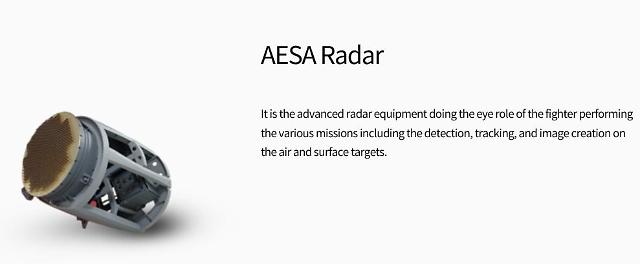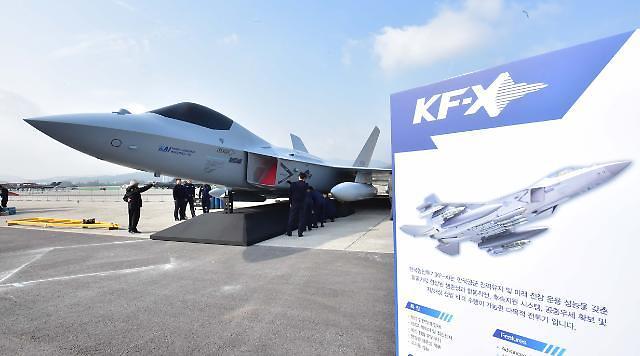
[Courtesy of the Defense Acquisition Program Administration]
SEOUL -- South Korea will embark on the development of a homemade close-in weapon system that would be used for the defense of next-generation destroyers and other warships against incoming threats such as small speed boats, surface torpedoes, missiles and helicopters penetrating outer defenses. Self-developed radar technologies will be adopted.
A close-in weapon system (CIWS) has two types. A gun-based system usually consists of a combination of radars, computers, and rapid-firing multiple-barrel rotary cannons placed on a rotating turret. A missile-based system uses either infra-red, passive radar, or semi-active radar terminal guidance to guide missiles.
A CIWS-II project will be launched in November to acquire independent technologies by 2027, according to the Defense Acquisition Program Administration (DAPA), a state arms procurement agency controlled by the Defense Ministry. Through cooperation with unspecified foreign companies, the agency aims to develop a system that can neutralize supersonic or sea-skimming missiles and incoming high-speed ships within its mission area.
"By securing independent technology through this CIWS-II project, it will greatly contribute to the combat capability of our navy, create export opportunities, and further enhance the competitiveness of defense technology and industry," Bang Geuk-cheol, a DAPA official in charge of ship division, said in a statement on October 29.
South Korean warships have used foreign systems such as Goalkeeper, a Dutch system developed by Thales, and Phalanx, a U.S. system developed by Raytheon. DAPA said that active electronically scanned array (AESA) radar technology developed by South Korean companies would be applied for its CIWS-II project.
AESA is a computer-controlled array antenna system that can electronically steer the beam of radio waves to point in different directions, allowing aircraft to radiate powerful radar signals while still remaining stealthy. South Korea has developed AESA technology with the help of an Israeli firm as part of a homemade KF-X fighter jet project. US companies were involved in the KF-X project, but Washington has been reluctant to transfer key technologies for stealth fighters and an advanced radar system.
Copyright ⓒ Aju Press All rights reserved.




View more comments